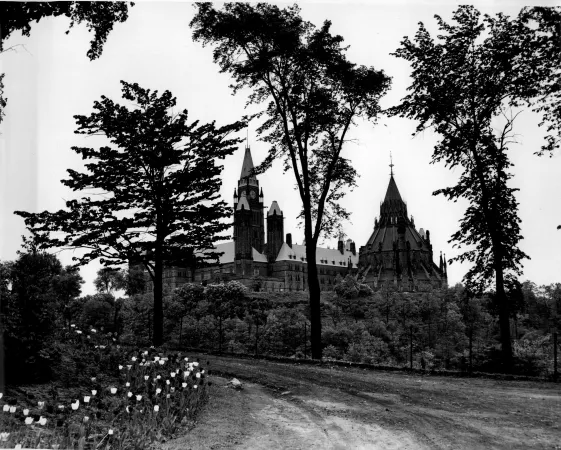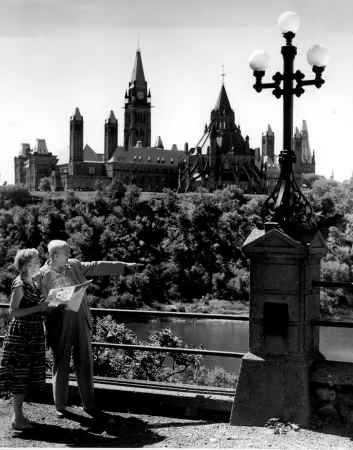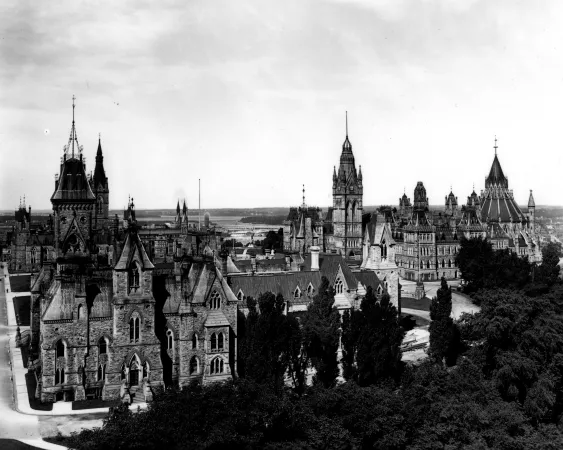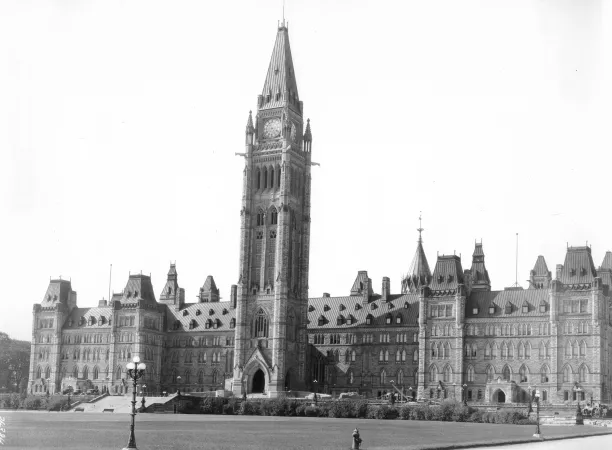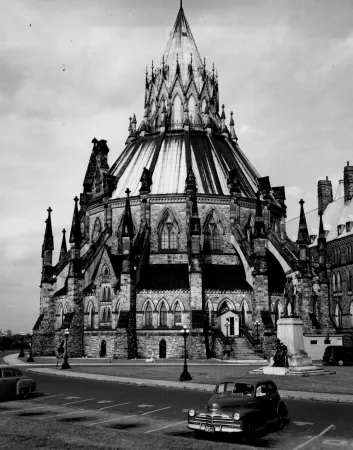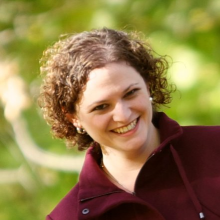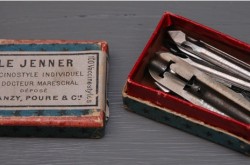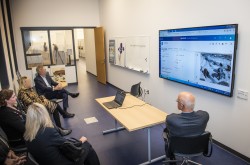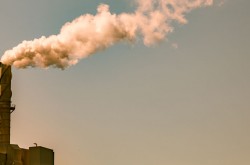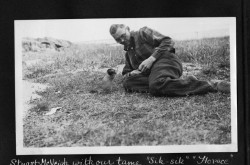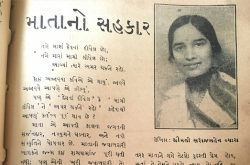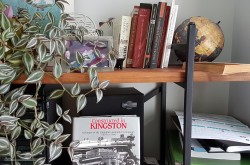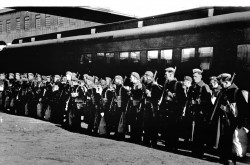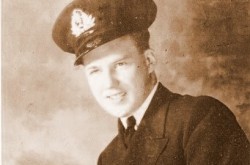Ingenium Archives “City Series”: Ottawa
Ingenium’s archives is launching a new series of short articles highlighting selections of historical photos from cities and towns throughout Canada.
In today’s installment, we focus on Ottawa, the capital of Canada. These images are part of the CN Images of Canada Collection.
For many people across the country, Ottawa represents government, ceremony, and commemoration. In this image, you can see some of the familiar landmarks as they were in the 1930s: Parliament Hill, the Chateau Laurier Hotel, the Rideau Canal, Alexandra Bridge, and the Ottawa River. It also captures some of the office and retail buildings heading into the ByWard Market.

Aerial photograph of downtown Ottawa, including the Parliament Buildings, Chateau Laurier Hotel, and Rideau Canal, ca. 1934.
The Parliament Buildings are some of the most photographed structures in the city.
The current structure was rebuilt following a fire on February 3, 1916, that burned most of the Centre Block to the ground. The original building was constructed in a High Victorian Gothic Revival style, which is still visible in the Parliamentary Library – the only part to survive the fire.
Image gallery

The Chateau Laurier Hotel as seen from the banks of the Rideau Canal, no date.
Another Ottawa landmark is the Rideau Canal. Originally completed in 1832, the Rideau Canal was constructed to make inland water travel possible for military purposes between Kingston and Ottawa, but it was never used for its original purpose. Shipping and trade dominated the waterway until the 1850s when the railways took over those functions. Today, the Canal is used by pleasure boats in the warmer months, and skaters during the winter.

The Rideau Canal looking north towards the Chateau Laurier Hotel, with tracks at Union Station, ca. 1936. The tracks were removed in the late 1960s.
The railway once ran alongside the banks of the Canal, culminating at Union Station.

Union Station, on the right, faces the Chateau Laurier Hotel, on the left, ca 1934.
This photograph from 1934 shows a parking lot in front of the station.
In the next photo, likely from the 1950s, note that this parking space is replaced by the National War Memorial and a triangular island. Today, Union Station houses the Senate of Canada, while the Parliament Buildings undergo extensive restoration and renovation activities.


The National War Memorial was officially dedicated in 1939, by King George VI.
Originally constructed to commemorate those who died during the First World War, the memorial was officially rededicated in 1982 to include the Second World War and the Korean War. The Tomb of the Unknown Solider was not added until the year 2000.

During the royal couple’s stay in Ottawa in 1939, they dined at the Chateau Laurier Hotel. The Chateau was commissioned by the president of the Grand Trunk Railway, Charles Melville Hays, and constructed between 1909 and 1912. Hays unfortunately died on the Titanic before construction was completed.
These images represent a small sample of the historic photographs that make up the CN Images of Canada Collection. If you know more about the photographs in this series, such as dates on undated images or other interesting information, please pass it along to us at biblio-archives@ingeniumcanada.org. Stay tuned for the next part of the City Series – the city of Halifax.
Enjoying the Ingenium Channel? Help us improve your experience with a short survey!



